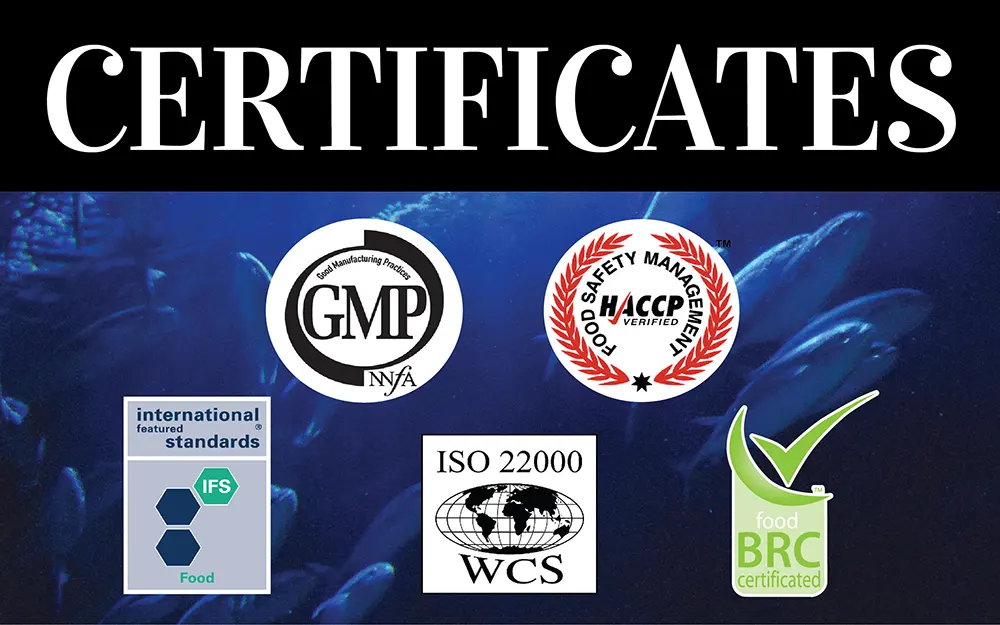
Vietnam pangasius bottlenecks ahead of anticipated shortage of preferred sizes: Undercurrentnews

Neil Ramsden: UnderCurrentNews
Bottlenecks in Vietnam’s pangasius sector are beginning to tighten, with a shortage of 800 gram-1 kilogram fish — the size preferred for the production of fillets sent to the EU and US — just coming into focus, sources told Undercurrent News.
While a dip in export volumes was disguised to an extent by higher export prices year-on-year, August and September statistics have revealed the true extent of the drop in sales caused by Vietnam’s response to its coronavirus outbreak:

“There was a steep decline in August,” one source — an analyst with access to export data — told Undercurrent. “In September we think exports will have increased, but not back to July levels; maybe around 50,000 metric tons again.
“I don’t think there will be a ‘normal’ export situation until November or December, but more likely in 2022, depending on COVID,” he said.
As previously reported, pangasius farmers have been forced to keep their fish in their ponds, slowing feeding in a bid to maintain the animals at the ideal weight.
Farm-gate prices for 800g-1kg pangasius saw a spike recently, as some processors began buying fish while they’re at this preferred weight. While it’s no easier to sell them now than it has been for the past few weeks, they are looking to freeze them, concerned that these sizes will not be available in the near future, the analyst said.

Vietnam is now past the main stocking season, and pangasius is a slow-growing fish anyway, meaning that 800g-1kg sh are likely to be in short supply for some time.
Le Thi Thuy Trang, sales manager for Siam Canadian Group’s Vietnam office, confirmed to Undercurrent that these sizes were already “very short”.
“Under lockdowns and transportation restrictions, farmers could not harvest or move fish from farms to factories, so they could only keep feeding the fish. Now, all fishes are getting oversized,” she said.
She thinks the “normal” sizes will be in short supply until March 2022; Vietnamese New Year is on Feb. 1, 2022, she added, and the current small fish require at least four or five months more in their ponds to reach useful sizes.
“With the lack of raw material, prices for pangasius are likely to stay at a higher level from now until Q2 of 2022,” she added.
The analyst, though, was less certain, noting that while a shortage of raw material was creeping in, processors can do little by way of sales at the moment, and only the US market has seen demand pull export prices up.
“We might see a boost to the farm-gate prices now, but it will bottom out again when they get a bit larger. And export prices aren’t too strong, so farm gate prices are unlikely to keep rising,” he said.
China cautious, US demand strong
The Vietnamese government’s COVID-19 restrictions continue to heavily impact the pangasius sector, several sources told Undercurrent. The main provinces for the farmed fish are Tien Giang and Can Tho, said Trang, which have not yet experienced the slight relaxations which some other regions have.
“Despite the fact that factories are working at low capacity — if at all — we still haven’t seen prices come up,” said the analyst. “In July they rose a little, but now they’re back down because the purchasing market is so difficult. Especially selling to China, there are strong restrictions there — probably because they want to avoid any risk of coronavirus cases with frozen seafood imports.”

Prices to China specifically are not doing too badly, though, suggesting that while sales there are more difficult, there are a number of importers who still require pangasius and are paying to secure it.
Prices to the US, though, are on the rise, down to good demand, he continued. An average level of $3.55 per kilogram across all product specifications for August surpassed even 2019 price levels, and is getting toward 2018’s heights, he noted.

However, Bob Noster — senior director of sales and procurement of shrimp and pangasius at US importer Seattle Shrimp & Seafood Co — told Undercurrent his company wasn’t seeing any replacement prices “due to factory closures, and our main concern is with our outstanding contracts and when those will be produced and shipped”.
He echoed the concerns of those sources in Vietnam, stating that the majority of pangasius in ponds were getting to be overgrown and that packers were running out of freezer space as they buy up fish at the right size.
“We expect that the next harvest will produce larger fish yielding fillets of 12/14 ounce, 14/16 oz, and possibly 16/20 oz, which are not ideal sizes for the US market. The 3/5, 5/7 and possibly 7/9 will be short in the coming months.”
“Meanwhile, ocean freight continues to rise and vessel space is limited. We should not expect any relief for the remainder of 2021,” he said.
US inventories are light, and those with inventory have placed restrictions on selling and ask for premium prices. Most of the product entering the US is private branded, he said, already committed to customers.
“The balance available for commodity sales is absorbed quicker than new arrivals keeping in place the high demand for pangasius.” Selling prices for product in the US range from $2.85 to $3.10 per pound depending on the seller’s availability, “but the majority are asking for the higher end of that range”, he said.
The EU market, meanwhile, continues to prove difficult for pangasius. Prices are trending down there, and it would seem that is not just due to coronavirus, as frozen food at retail is one area that has boomed throughout the lockdown measures.

“Prices are too high for the EU market,” was the opinion of Siam Canadian’s Trang.
“Due to shut-downs, factories cannot fulfill pending orders, so they are very conservative in making offers now. The freight is a fatal factor, average freight rate works out about $0.6/kg, making pangasius less attractive in the EU market.”
The measures Vietnam’s packers have to take — the so-called “3TC”, where they must accommodate and feed workers, as well as incentives to encourage workers to partake in that system — are all contributing to higher offer quotes, she added.



